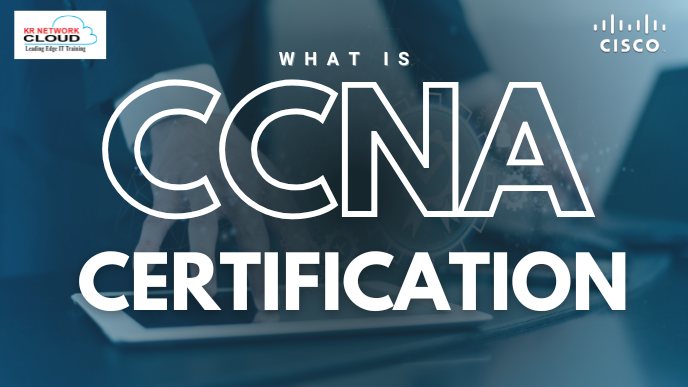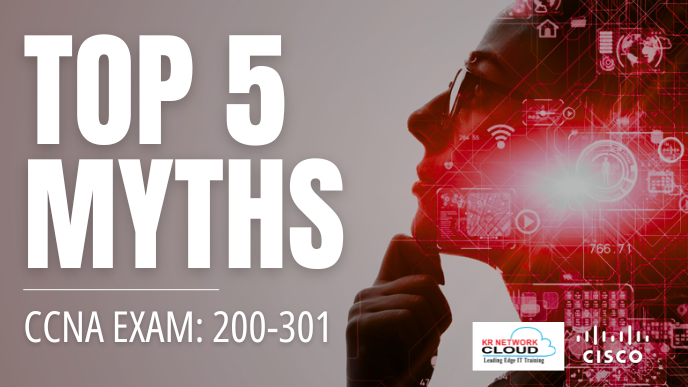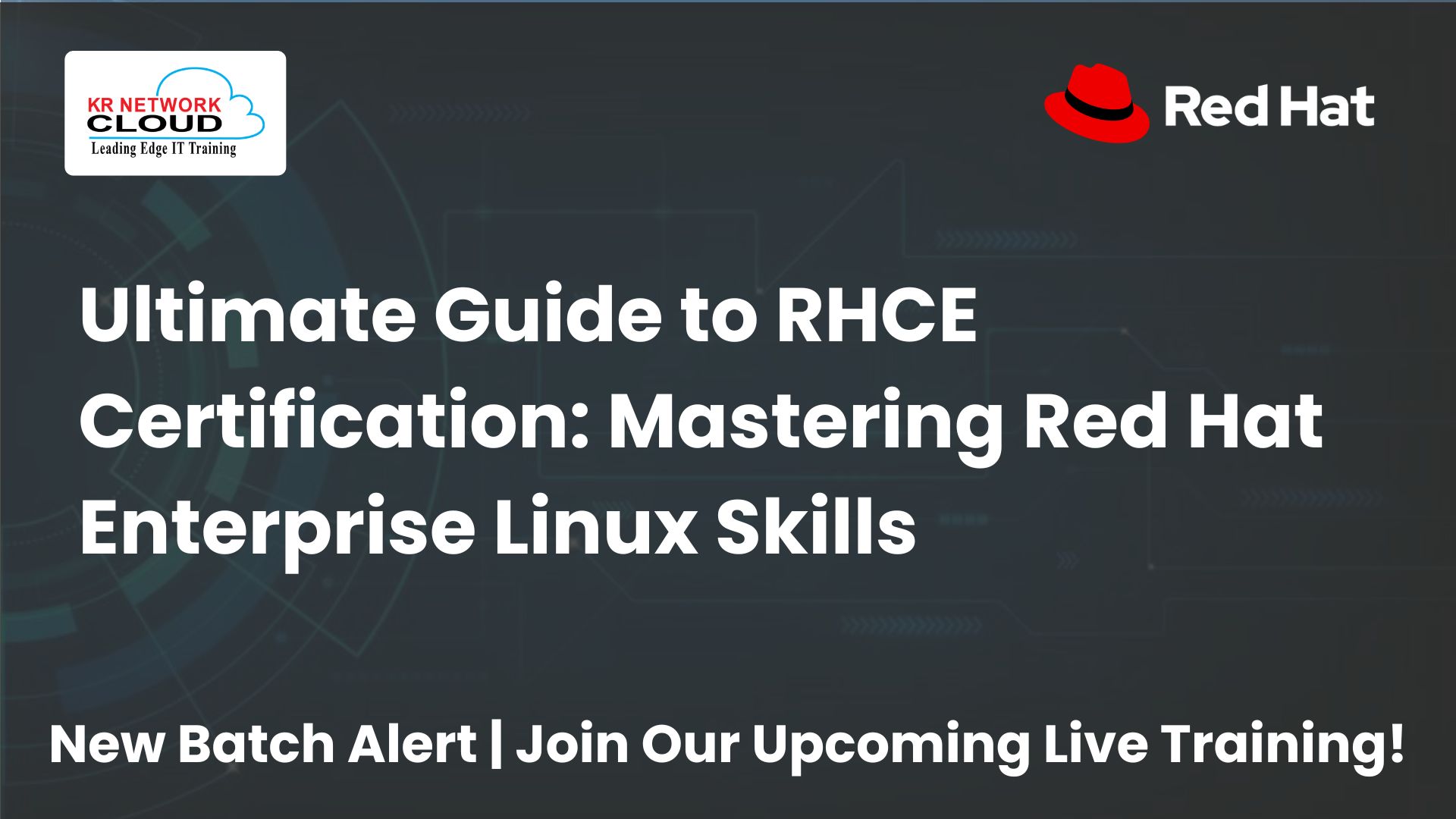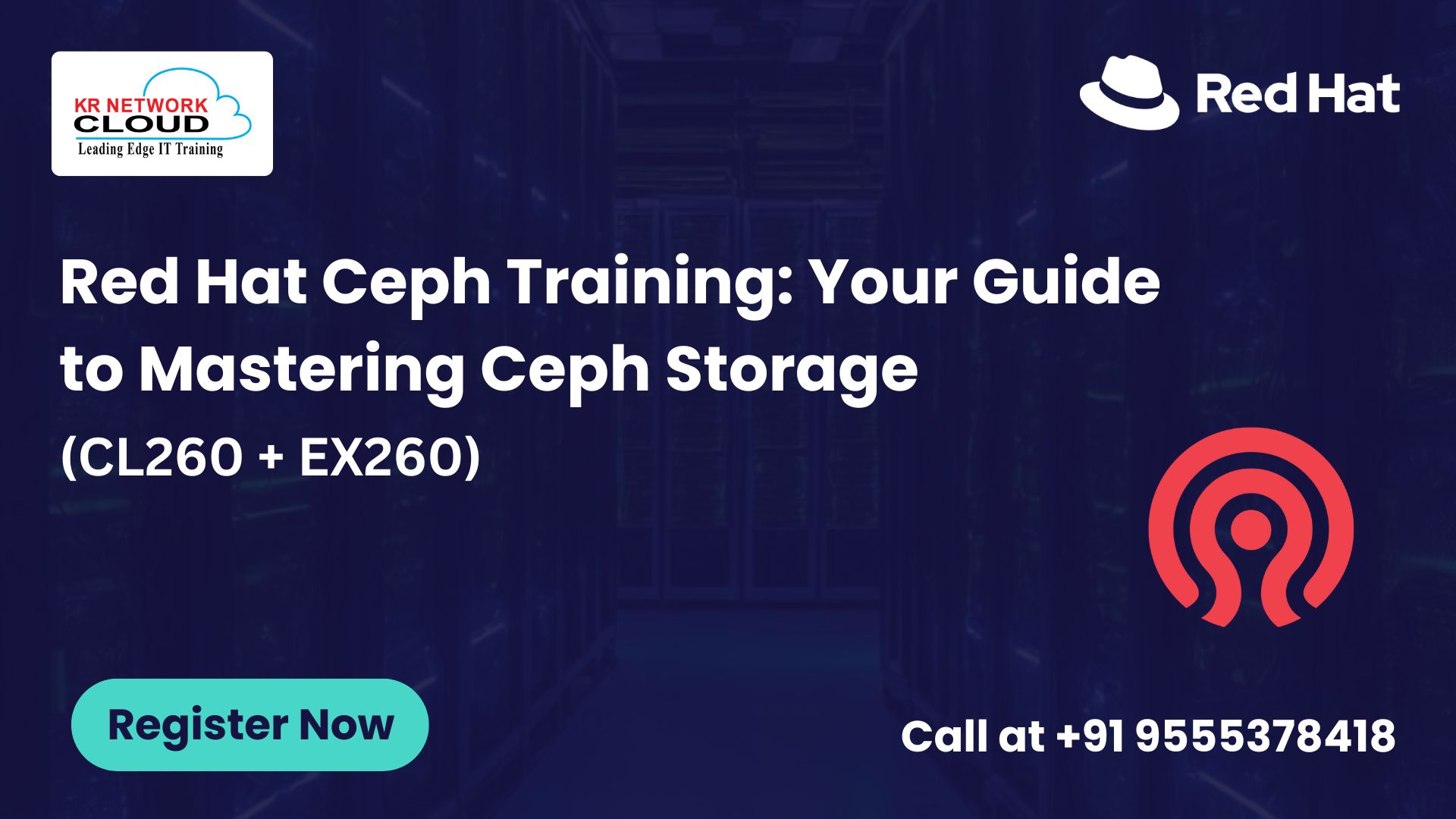Learn OpenShift Online: The Definitive Admin Guide for Red Hat OCP

- KR NETWORK CLOUD
- July 30, 2025
Introduction: Why Learn OpenShift Administration?
In today’s cloud-native landscape, Red Hat OpenShift has emerged as the leading enterprise Kubernetes platform, with 82% of Fortune 100 companies relying on it for container orchestration. This comprehensive Learn OpenShift Online admin guide is designed to help you master OpenShift operations, whether you’re preparing for Red Hat certification (EX280), managing production clusters, or looking to learn OpenShift online through hands-on exercises.
We’ll cover four critical administration areas with practical examples:
Developer Self-Service Configuration
Kubernetes Operators Management
Application Security Implementation
Cluster Update Procedures
Each section includes real-world scenarios, CLI commands, and YAML examples you can apply immediately in your environment.
Section 1: Enabling Developer Self-Service
1.1 Resource Quotas: Controlling Cluster Consumption
Learn OpenShift’s Online quota system prevents resource starvation in multi-tenant environments. Let’s examine both cluster-wide and project-specific approaches:
ClusterResourceQuota Example
apiVersion: quota.openshift.io/v1 kind: ClusterResourceQuota metadata: name: team-quotas spec: quota: hard: pods: "500" requests.cpu: "200" requests.memory: 1Ti selector: annotations: openshift.io/requester: "dev-team"
Project Quota Enforcement
oc describe quota -n development-team # Check cluster quota status oc get clusterresourcequota
Pro Tip: Combine quotas with LimitRanges (covered next) for comprehensive control.
1.2 Limit Ranges: Setting Pod Boundaries
Limit ranges define default, minimum, and maximum resource allocations:
Multi-Tier LimitRange Configuration
apiVersion: v1 kind: LimitRange metadata: name: tiered-limits spec: limits: - type: Pod max: cpu: "8" memory: 16Gi - type: Container default: cpu: "500m" memory: 512Mi min: cpu: "100m" memory: 128Mi
Common Use Cases:
Preventing “noisy neighbor” issues
Enforcing development vs. production standards
Optimizing cluster resource utilization
1.3 Self-Service Project Provisioning
Enable developers while maintaining control:
# Grant self-provisioner role oc adm policy add-cluster-role-to-group \ self-provisioner dev-team # Create project template oc create -f project-template.yaml
Security Consideration: Always combine with quotas and network policies.
Section 2: Cluster Updates
2.1 The OpenShift Update Process
Update Channels Explained:
stable-4.12 (production recommendation)
fast-4.12 (earlier access)
candidate-4.12 (pre-release testing)
Update Verification Steps:
# Check available updates oc adm upgrade # View cluster version oc get clusterversion # Monitor update progress oc logs -n openshift-cluster-version \ -l k8s-app=cluster-version-operator
2.2 Handling Deprecated APIs
API Migration Toolkit:
# Detect deprecated APIs oc adm inspect cluster --check-deprecated-api # Generate migration report oc adm migrate storage --include=deprecated-api-report
Common API Migrations:
extensions/v1beta1 → apps/v1
rbac.authorization.k8s.io/v1beta1 → v1
networking.k8s.io/v1beta1 → v1
2.3 Operator Update Strategies
Approval Policy Comparison
| Strategy | Description | Use Case |
|---|---|---|
| Automatic | Immediate updates | Non-critical workloads |
| Manual | Admin approval required | Production environments |
| Single | Stay on specific version | Legacy compatibility |
Section 3: Managing Kubernetes Operators
3.1 Understanding the Operator Lifecycle Manager
OLM Architecture Components:
CatalogSources (operator repositories)
Subscriptions (update channels)
InstallPlans (installation automation)
ClusterServiceVersions (CSVs)
OLM Status Check
oc get csv -n openshift-operators oc get subscriptions -A
3.2 Operator Installation: Console vs CLI
Web Console Method:
Navigate to Operators → OperatorHub
Search/filter operators (e.g., “PostgreSQL”)
Select installation mode (All namespaces/Specific namespace)
CLI Installation Workflow:
# Search available operators oc get packagemanifests -n openshift-marketplace # Create Subscription cat <<EOF | oc apply -f - apiVersion: operators.coreos.com/v1alpha1 kind: Subscription metadata: name: postgresql-operator namespace: operators spec: channel: stable name: postgresql-operator source: operatorhubio-catalog sourceNamespace: olm EOF
3.3 Advanced Operator Management
Approving Manual Installations:
oc get installplan -n operators
oc patch installplan <uid> --type merge \
-p '{"spec":{"approved":true}}'Custom Catalog Creation:
apiVersion: operators.coreos.com/v1alpha1 kind: CatalogSource metadata: name: custom-catalog namespace: openshift-marketplace spec: sourceType: grpc image: quay.io/yourorg/catalog:v1
Operator Troubleshooting:
# Check operator logs oc logs -n openshift-operators \ -l control-plane=controller-manager # Verify CRD availability oc get crd | grep postgresql
Conclusion & Next Steps
This Learn OpenShift Online administration guide has equipped you with:
✔ Resource governance through quotas and limit ranges
✔ Operator lifecycle management best practices
✔ Security hardening via SCCs and network policies
✔ Update management strategies for stability
Recommended Learning Path:
Practice all examples in a sandbox cluster
Explore Red Hat’s official OpenShift courses
Prepare for EX280 certification with hands-on labs
Implement these techniques in staging environments
Final Pro Tip: Always test updates and configuration changes in a non-production environment before applying them to critical clusters.
Click here: Watch out the session
FAQs
1. How can I learn OpenShift online for free?
Red Hat offers free OpenShift interactive learning portals like Red Hat Developer Sandbox and hands-on labs. This guide also provides free CLI exercises for cluster quotas, operators, and security configurations.
2. What’s the difference between OpenShift and Kubernetes?
OpenShift is Red Hat’s enterprise Kubernetes distribution with added features:
Built-in CI/CD (OpenShift Pipelines)
Developer self-service (Quotas, Templates)
Enhanced security (SCCs, OLM)
Simplified updates (ClusterVersion Operator)
3. How long does it take to learn OpenShift administration?
With focused OpenShift online training, you can master basics in 2-3 weeks. Certification prep (EX280) typically takes 1-2 months, depending on prior Kubernetes experience.
4. Is Red Hat EX280 certification worth it?
Yes! The EX280 exam (OpenShift Administrator) validates skills in:
Managing cluster resources (quotas, limit ranges)
Deploying operators via OLM
Configuring SCCs and RBAC
Executing cluster updates
5. Can I practice OpenShift without a paid cluster?
Absolutely! Use:
Red Hat Developer Sandbox (Free 30-day OpenShift cluster)
CodeReady Containers (CRC) (Local OpenShift cluster)
Katacoda Labs (Browser-based scenarios)
6. What are the most critical Learn OpenShift Online admin skills?
From this guide’s topics:
✅ Resource Management (Quotas, LimitRanges)
✅ Operator Lifecycle Manager (OLM)
✅ Security Context Constraints (SCCs)
✅ Cluster Version Updates
7. How do OpenShift quotas improve cluster stability?
Quotas prevent resource starvation by:
Limiting CPU/memory per project
Restricting pod counts
Enforcing storage requests
(See Section 1 of this guide for YAML examples.)
8. What’s the best way to learn OpenShift security?
Start with:
Security Context Constraints (SCCs) (Section 3)
Network Policies (Isolating pod traffic)
RBAC for API Access (RoleBindings, ClusterRoles)
9. How often does OpenShift release updates?
Red Hat provides:
Minor updates every 6-8 weeks
Major releases annually
Long-term support for stable versions
10. Where can I find advanced Learn OpenShift Online training?
After mastering this guide:
Red Hat Training Courses (DO280, DO380)
OpenShift Documentation
Community Operators (OperatorHub.io)






